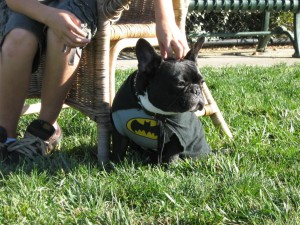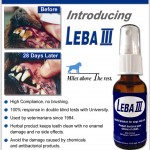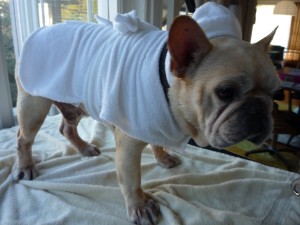Through the years, I’ve met many people who have chose not to vaccinate their dog from illness to never going outside. Whatever the reason is know that there are options out there if you plan to use boarding, grooming or put your pet in a populated area.
There are many reasons why many people are staying away from vaccines these days with lots of theories available on the internet. It’s debated greatly.
The truth is that any reputable place will accept either vaccination paperwork or a titer test. A “titer” is a measurement of how much antibody to a certain virus (or other antigen) is circulating in the blood at that moment. Titers are usually expressed in a ratio, which is how many times they could dilute the blood until they couldn’t find antibodies anymore. You may need to call different vet’s to see who offers them.
Keep in mind that a Bordetella (Kennel Cough) vaccine may not cover many strains and mutations of the virus which may be why your pet may have gotten KC regardless of being vaccinated. It happened to us. I did all the protocols and he still got KC when he had a 3 day stay at his vet for a stomach issue. After lots of searching, I realized there was nothing I could have done differently since the variety of strains were not phased by the vaccine.
In the end, decide with your vet which is the best option for your pet and know that if you chose not to vaccinate that the option of a titer is available for those that use daycare, boarding, grooming among other pet related issues.






 Tough Guy as model
Tough Guy as model Found at Petsmart or other boutiques, excellent smell and benefits. Unfortunately this is the only size bottle available. Made in USA
Found at Petsmart or other boutiques, excellent smell and benefits. Unfortunately this is the only size bottle available. Made in USA